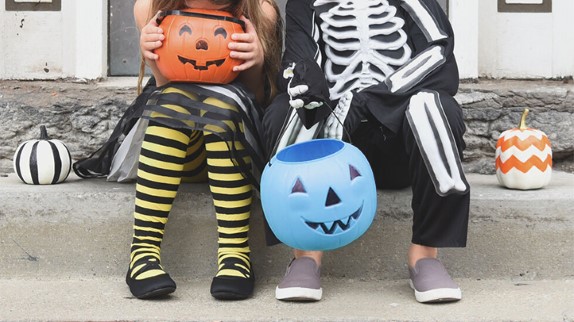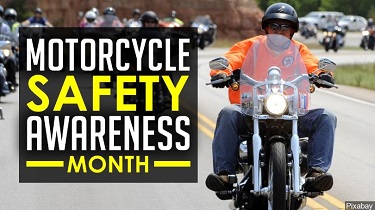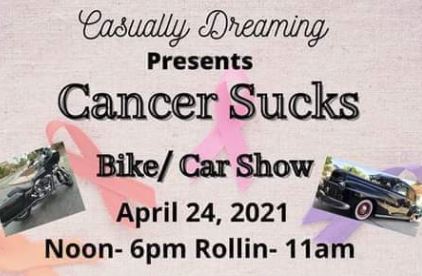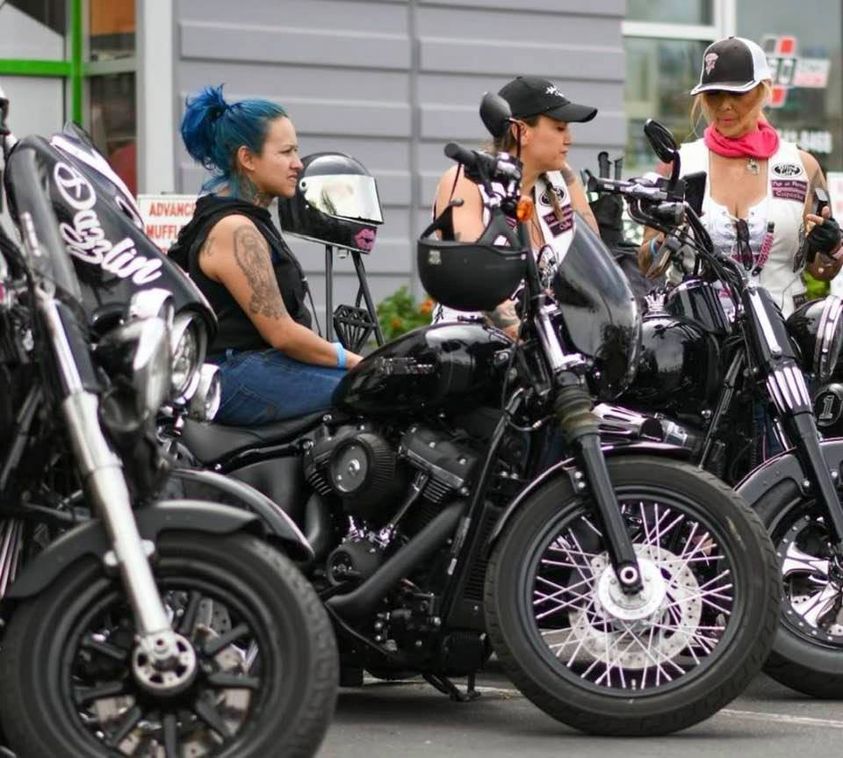OCTOBER 4, 2021 BY LAURIE MONTOYA LEAVE A COMMENT (EDIT)

Article Contributor: Nichole Zamora
It is almost that fun time of the year when kids dress up in their favorite costumes and go door to door chanting “Trick or Treat“! If you’re lucky, you will get a “Thank you” before they zoom off to the next house, giggling and checking their buckets to see what they got.
What about the kids who show up at your door and do not have a costume on? Or those that show up to your door and do not say “Trick or Treat” or “Thank You”? What do you do when kids that aren’t small kids, but still are waiting for you to drop that piece of candy in their bucket?

It’s possible that an adult child or quiet child might have autism and be non-verbal. If a trick or treater comes up with a blue Halloween bucket, do you know what that means? We live in a different time, and we need to all become more aware that trick-or-treaters at your door may have different needs.
Alicia Plumber started an amazing trend in 2018 for her 20-year-old son BJ, who was autistic and non-verbal, just by a social media post:
Whether you’re out and about this Halloween or staying home to hand out sweets to well-costumed kiddos, you might spot a blue pumpkin today — whether it’s a plastic version used as a sweets-holder or carved and sitting outside someone’s home. This isn’t just a fun style choice. A blue pumpkin symbolizes autism and will be carried by trick or treaters to signal that they may have certain needs.

“This trend seems to be gaining momentum. As the general public becomes more aware of it, we think it could be a wonderful way for kids —the little ones and the bigger ones—to participate in Halloween festivities without the judgment that they sometimes face in social situations,” Wendy Fournier, president of the National Autism Association, stated in a recent Newsweek article.
For those who choose to use them, the blue buckets could provide a subtle, dignified way of alerting people that this child or young adult may not be able to make eye contact, or tolerate wearing a mask, or even say ‘thank you’, but they certainly deserve to enjoy the fun of Halloween as much as everyone else,” she added.

“1 in 160 children has an autism spectrum disorder (ASD). ASDs begin in childhood and tend to persist into adolescence and adulthood. While some people with ASD can live independently, others have severe disabilities and require life-long care and support,” the World Health Organization (WHO) reports.
Halloween’s history is for adults and children of all ages to have a night of fun, so keep the true spirit of Halloween and just give from your heart and have a variety of treats, even some available for kids that can’t have sweets.






